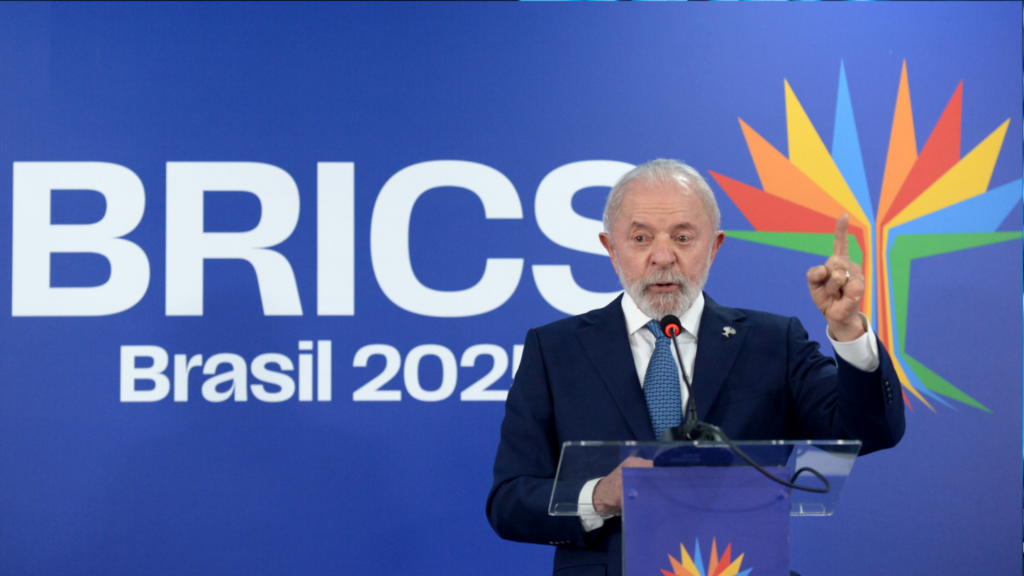A Two-Party System in a MultiParty Country
Under Strain: The First-Past-the-Post System in a Multiparty United Kingdom
The United Kingdom’s political system has long depended on the assumptions of two-party competition. The first-past-the-post (FPTP) model, which awards parliamentary seats to whichever candidate wins the most votes in each constituency, once translated social alignments into clear parliamentary majorities and stable governments. That stability was not only procedural, but psychological: the idea of alternating power between two dominant blocs. Yet the electorate that underpinned that model has splintered. Today, with five parties polling above 12% nationally (Electoral Calculus, 2025), the conditions that sustained the system are shifting, and FPTP now has to contend with an electorate increasingly shaped by a multiparty environment, pushing against its structural limits.
This current evolution in voting behaviour reflects a deeper reorientation in how voters relate to identity, geography and representation. As these social anchors change, voters distribute their support more widely, not in a single break but across multiple political expressions. The electoral system, designed to simplify political choice into binary outcomes, now encounters an electorate unwilling to be simplified in this way. To understand why this mismatch has emerged, it is necessary to examine the assumptions on which FPTP was built.
Institutional Design and Political Tradition
FPTP is historically aligned with the UK’s political culture. It benefited parties that could attract diverse support rather than those rooted in a narrow ideological base. The model assumed parties could build wide geographic support, mediating interests across classes, regions and ideologies. For much of the twentieth century, this alignment held. Labour’s post-war coalition and the Conservatives’ broad middle-class base both extended across the territory, allowing FPTP to convert national vote share into coherent parliamentary authority (Bogdanor, 2019). The system did not merely reflect political behaviour; it shaped it. It also entrenched the incentives of incumbency, with FPTP rewarding dominant parties and punishing fragmentation, creating a structural paradox whereby those empowered to reform the system are least likely to do so.
The electorate is now moving differently. Regional economic divergence has sharpened; identity politics and cultural cleavages cross constituencies in irregular patterns; and new parties mobilise sentiment that is significant in aggregate but dispersed geographically. The system has not changed, but the electorate has, and the gap between them has become visible.
Fragmentation and Representation
Recent elections illustrate this tension. Parties such as the Liberal Democrats, Reform UK and the Green Party record substantial national vote shares yet struggle to translate this support into parliamentary seats unless their votes pool densely in particular regions. The country appears multiparty in terms of votes cast yet remains largely two-party in terms of seats awarded. Representation becomes a function not of national popularity but of geographic concentration. In many constituencies, MPs are elected without majority support, entering Parliament as the preferred option of the largest minority rather than as representatives of a collective majority (Electoral Reform Society, 2024). The consequences of this misalignment are most evident when examining how votes translate into seats.
This does not immediately destabilise the government, but it alters the meaning of a ‘parliamentary majority’. Mandates become thinner, less reflective of a broad consensus and more the outcome of electoral mathematics. A government may rule decisively while representing only a fraction (in the case of Starmer’s premiership, a third) of the electorate.
Strain, Legitimacy and Political Culture
The strain emerging within FPTP is subtle but structural. Representation appears increasingly disproportionate, especially when parties with substantial nationwide support gain little or no parliamentary voice. A government elected by a plurality rather than a majority inevitably carries a thinner mandate. And public perception begins to shift as fairness, rather than stability, becomes a central criterion of democratic legitimacy. Support for electoral reform has risen steadily, indicating that dissatisfaction is no longer confined to constitutional reform movements but has entered mainstream political consciousness, with public support for proportional representation rising from roughly 27% in 2011 to over 45% in 2024 (YouGov, 2024).
This shift is complicated by the fact that the UK lacks a coalition political culture. While many parliamentary democracies are structured around negotiation and compromise, the UK’s adversarial model assumes decisive governance. The 2010 Conservative–Liberal Democrat coalition revealed the discomfort of attempting consensus politics within a political system systematically oriented toward binary competition (Lijphart, 2012). If multiparty politics continues to define electoral outcomes, the UK will face not only mechanical electoral reform but an adaptation in governing psychology.
Continuity and the Prospects of Reform
The question is whether this represents a temporary deviation or a structural realignment. If the electorate reconsolidates behind two blocs, FPTP will again sit comfortably within its historical logic. But if fragmentation persists, pressure for reform will intensify. Changing the electoral system is not a technical correction but a constitutional redefinition of representation and power. No major governing party has yet embraced such a shift without qualification. The system endures because it continues to deliver authority to those who win under it, even as the representational basis of that authority becomes narrower. Meaningful reform would likely require one of three catalysts: a ‘wrong-winner’ election (where the party with fewer votes wins more seats), a prolonged period of hung parliaments, or a major party’s strategic calculation that reform serves its long-term interest (Renwick, 2020; Curtice, 2023).
Conclusion: A System Not Yet Broken, But No Longer Settled
The first-past-the-post system is under strain, but not collapse. It continues to produce governments and deliver political continuity. Yet the electorate it was designed to serve has changed, and the gap between representation and expression has widened. The system now rests less on natural alignment and more on institutional momentum. Whether the United Kingdom moves toward proportional representation, hybrid models, or a recalibrated version of FPTP will depend not only on political outcomes but on how political actors interpret legitimacy in a shifting democratic landscape. The central dilemma is whether stability is best preserved through institutional continuity or by redesigning representation to match Britain’s increasingly plural political identity. The question is not whether strain exists. It is whether the political system will adjust to reflect the electorate it seeks to govern.
Bibliography:
- Bogdanor, V. (2019) Britain’s New Politics. Oxford University Press.
- Curtice, J. (2023) Elections and the Future of Representation in Britain. Nuffield College.
- Electoral Reform Society (2024) Representation and the General Election. London: ERS. https://electoral-reform.org.uk/wp-content/uploads/2024/12/2025-Update-2024-General-Election-Report.pdf?
- Lijphart, A. (2012). Patterns of democracy : government forms and performance in thirty-six countries. New Haven: Yale Univ. Press. https://yalebooks.yale.edu/book/9780300172027/patterns-of-democracy/
- Renwick, A. (2020) The Politics of Electoral Reform in Britain. UCL Constitution Unit.
- YouGov (2024) Public Attitudes Toward Electoral Reform. London: YouGov.,
- Electoral Calculus. (2025 October 28). General Election Prediction. Retrieved from https://www.electoralcalculus.co.uk/prediction_main.html.



